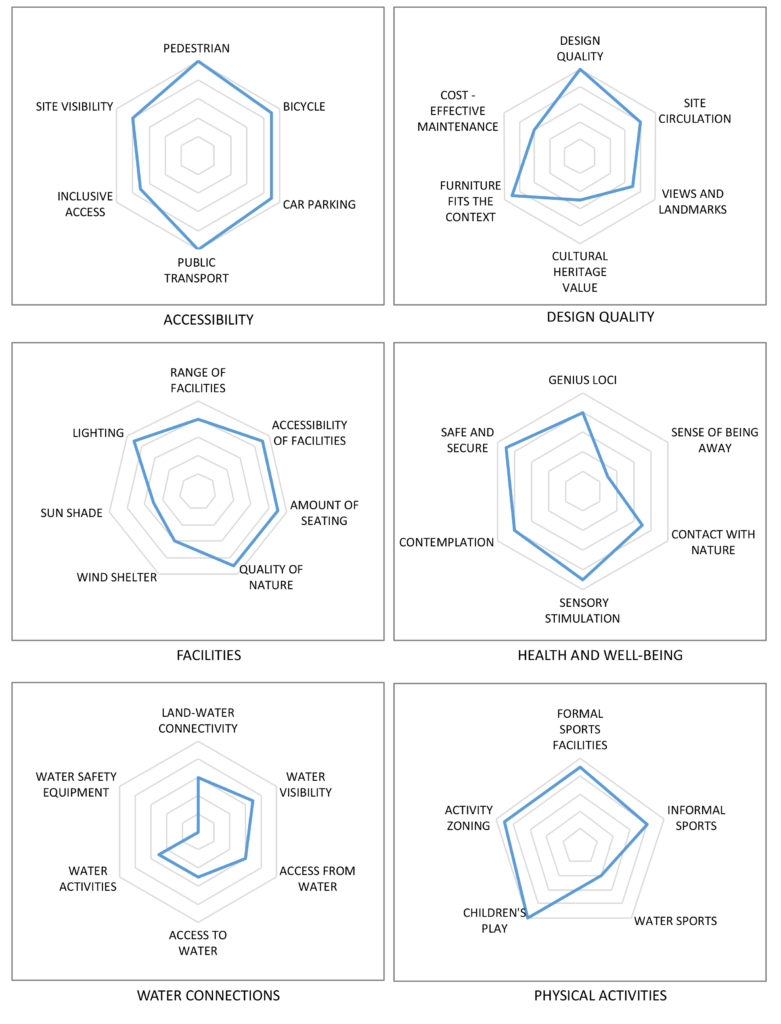
Architect
Wraight + Associates
Type of Area
Bay
Land/water interaction
Pier
Harbour
Built Environment Types
Completely built
Scale of Impact
District/neighbourhood
City
Intervention Scale (Spatial)
Moderate site
Project Types
Stormwater management
Public green space regeneration
Urban design
Urban/ Rural
Inner urban area
Visibility and Openness
Partly open
Partly enclosed
Brownfield regeneration
Waitangi park- a brown field regeneration in Wellington. This multifunctional park integrates an urban park, waterfront destination with a water treatment landscape that also supports public amenities and many diverse activities.
The waterfront park was designed by Wraight Athfield landscape architecture and built in 2006 on a total area of 5.8 hectares (39.04 acres) for the Wellington Waterfront Limited.
The park features an environmentally sustainable design that implemented water sensitive urban design (WSUD) for treating and harvesting storm water, interwoven with the recreational uses for a diverse range of users.
The park is divided into five zones:
A promenade
Informal sports and recreation area,
Spaces with cultural and ecological promotion,
The field
Blue-green infrastructure.
The operational blue-green infrastructure contributes to improved water quality and enhances the aesthetic quality. The storm water filtration system designed at Waitangi park includes the main elements of:
Filtration of storm water road runoff
Bio-retention along the Waitangi Stream
Recycling of the harvested water for irrigation of plants
Use of ecologically sourced native plants from the Wellington region.
Perception and Meaning
Imageability
Legibility
Accessibility
Knowledgeability
Place attachment
Health and Wellbeing
Better environmental perception
Aesthetic experience
Place affordance
Increases socialisation
Restorativeness
Interaction with Water
Visual

Website of the project:
http://www.waal.co.nz/our-projects/urban/waitangi-park/
Google map reference
The rating of this project suggest the project appears to perform poorly for water connectivity when compared to other aspects. The site accessibility has scored very well except for the inclusive access.
The overall design quality of the site has scored highly except for cost effective maintenance (always a feature of such parks where this is especially important) and cultural heritage values.
The facilities and amenities aspect scored highly except for measures for the protection from sun and wind, this is due to the design strategy of providing open views to the water wherever possible.
The health and well-being aspect has generally scored highly expect for the sense of being away, this being partly due to the high popularity of place and being predominantly an urban setting.
The site has low scores for water connection due to the past industrial use of the place although the storm water system provides ample opportunities to view and experience passive water activities such as spending time in and around the re-created wetland designed to filter and cleanse the Waitangi Stream.
The site scores well for supporting physical activities except for water sports – not being relevant given to the context.
